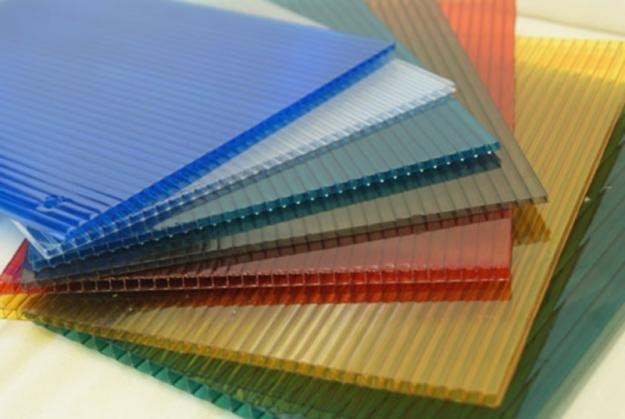Polycarbonate is often used as a substitute for glass: it has high light transmission capacity and durability, which allows it to be used for glazing greenhouses and canopies for recreation areas. Is used this type of plastic and in the manufacture of utensils for short-term food storage: sealed, semi-hermetic and vacuum containers, vessels for sauces and preservation.
There is a myth that the polycarbonate harmful and emit into the environment of toxic substances. It is likely the negative publicity of new technologies, although it is not without reason. Often polycarbonate, like any chemical compound, really capable of formations of toxic substances. Although this is only possible if certain conditions are met.
Widespread use in food packaging materials that includes polycarbonate and nylon plastic, gave rise to the myth of the substantial harm that these chemical compounds can cause to the human body. Indeed, the polycarbonate retains physical properties at temperatures up to 125°C, but whether the its chemical stability?
Like any plastic, polycarbonate is susceptible to slow aging. Its molecular structure is destroyed, and the external environment highlighted the decay products, some of which are able to cause the human body some damage. Fortunately, the process is very slow, and allocated in very small amounts of the substance are effectively removed by the endocrine system of the human body.
Lovers store food in plastic sudochki it is best to avoid heating in a microwave oven or in a water bath, as this process of disintegration of the polymer increases. And while the polycarbonate does not include salts and other compounds of heavy metals, some decay products can cause allergic reactions or lead to easy poisoning of the body.
One of the aspects of the use of polycarbonate as a thermal barrier in greenhouses - ensuring the quality of ventilation. In an enclosed space, the layer of soil gradually loses gas saturation required for full maturation of the cultures. Although this shortcoming of polycarbonate applies to glass railings, to take account of this specificity is imperative, as continuous glazing creates a closed climate system that exists throughout the year. It is important to ventilate greenhouses from time to time, to recover the contents of oxygen and carbon dioxide in the fertile layer of soil.
Since polycarbonate is a polymer plastic, it is not susceptible to biological degradation under natural conditions.
Dispose of used containers and building materials must be in accordance with special instructions. In the wild a pack of polycarbonate can be buried in the ground to a depth of 40 inches, but better to throw it in a special container for plastic waste.
There is a myth that the polycarbonate harmful and emit into the environment of toxic substances. It is likely the negative publicity of new technologies, although it is not without reason. Often polycarbonate, like any chemical compound, really capable of formations of toxic substances. Although this is only possible if certain conditions are met.
Polycarbonate food container
Widespread use in food packaging materials that includes polycarbonate and nylon plastic, gave rise to the myth of the substantial harm that these chemical compounds can cause to the human body. Indeed, the polycarbonate retains physical properties at temperatures up to 125°C, but whether the its chemical stability?
Like any plastic, polycarbonate is susceptible to slow aging. Its molecular structure is destroyed, and the external environment highlighted the decay products, some of which are able to cause the human body some damage. Fortunately, the process is very slow, and allocated in very small amounts of the substance are effectively removed by the endocrine system of the human body.
Lovers store food in plastic sudochki it is best to avoid heating in a microwave oven or in a water bath, as this process of disintegration of the polymer increases. And while the polycarbonate does not include salts and other compounds of heavy metals, some decay products can cause allergic reactions or lead to easy poisoning of the body.
Competent glazing greenhouses
One of the aspects of the use of polycarbonate as a thermal barrier in greenhouses - ensuring the quality of ventilation. In an enclosed space, the layer of soil gradually loses gas saturation required for full maturation of the cultures. Although this shortcoming of polycarbonate applies to glass railings, to take account of this specificity is imperative, as continuous glazing creates a closed climate system that exists throughout the year. It is important to ventilate greenhouses from time to time, to recover the contents of oxygen and carbon dioxide in the fertile layer of soil.
Methods of disposal and recycling
Since polycarbonate is a polymer plastic, it is not susceptible to biological degradation under natural conditions.
Dispose of used containers and building materials must be in accordance with special instructions. In the wild a pack of polycarbonate can be buried in the ground to a depth of 40 inches, but better to throw it in a special container for plastic waste.
